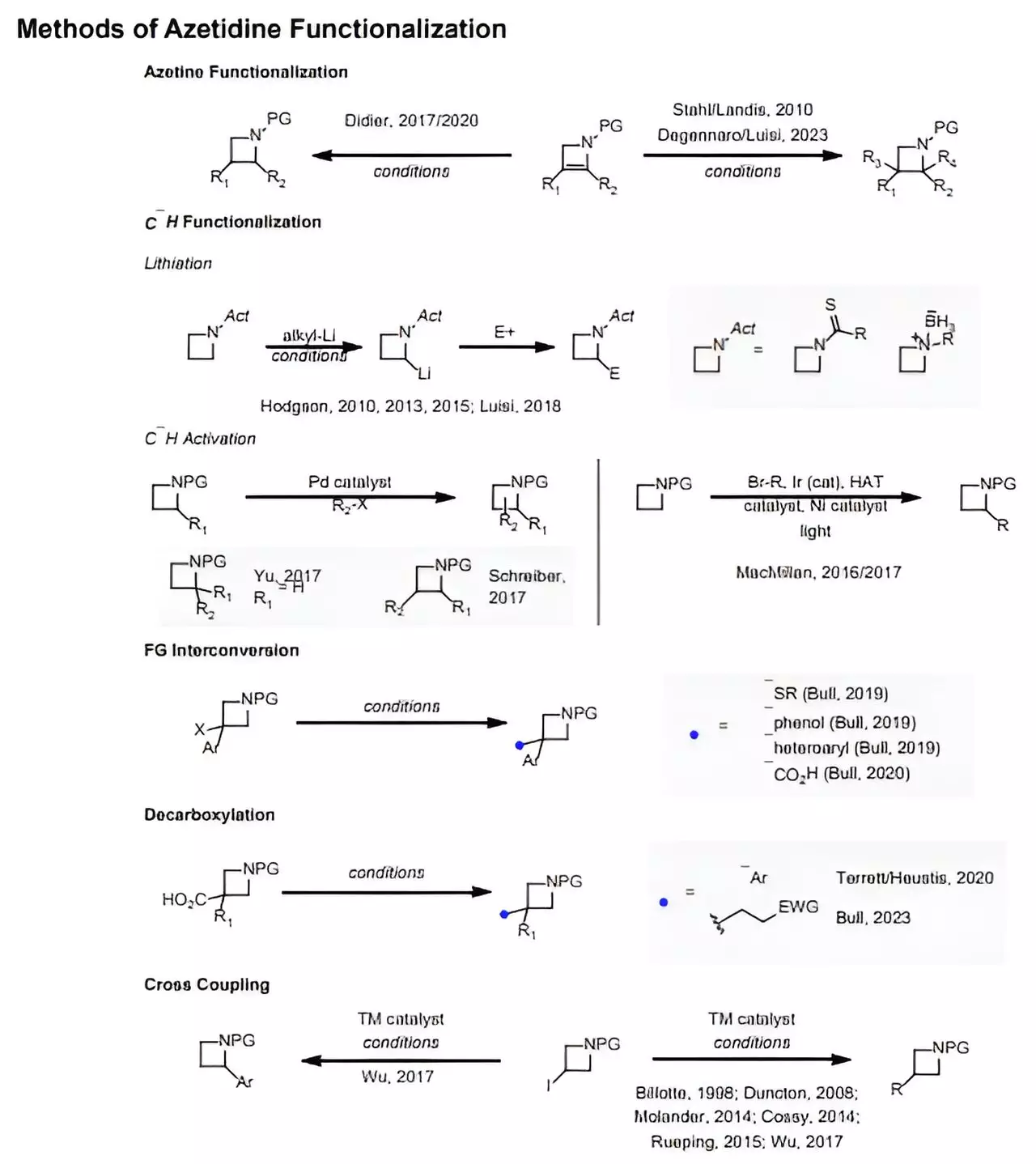In the expansive landscape of pharmaceuticals, certain molecular architectures hold tremendous potential yet remain largely underexplored. Enter azetidines—four-membered nitrogen-containing rings—that have historically lingered in the shadows of more prevalent five-membered nitrogen heterocycles. This underutilization is not due to a lack of potential, but rather the daunting synthesis challenges posed by azetidines compared to their five-membered counterparts. Research by a collaborative team from MIT and the University of Michigan marks a significant milestone in overcoming these chemical hurdles, unveiling a novel approach to generate these promising compounds.
Azetidines, although rare in nature, represent a frontier where novel drug compounds can emerge. In particular, they have been linked to various bioactive properties, fueling renewed interest among researchers. Meanwhile, the established five-membered rings, saturating the market of FDA-approved medications, demonstrate just how pivotal the right molecular configuration can be to therapeutic efficacy. As scientists seek to expand the pharmacological arsenal against diseases, the synthesis of azetidines offers a promising pathway to generate compounds that were previously deemed difficult, if not impossible, to manufacture.
The Breakthrough: Photocatalytic Reactions Unleashed
The crux of the team’s innovation lies in employing photocatalysis to facilitate the reactions necessary for synthesizing azetidines. Photocatalysts are remarkable tools that can elevate molecular energy states through the absorption of light, thereby making molecular interactions more feasible. This process not only transforms reactants into more reactive entities but also allows for a degree of control previously unavailable in traditional synthetic methods. Heather Kulik, a leading chemist at MIT, emphasizes that this shift in methodology paves the way for predictions regarding substrate interactions prior to experimental attempts, simplifying the synthesis chain and reducing resource expenditure.
Kulik and her colleague Corinna Schindler have capitalized on the intricacies of molecular behavior through computational modeling. By studying interactions between alkenes and oximes, two precursors crucial to the formation of azetidines, the duo has crafted an innovative theoretical framework. Their approach revolves around frontier orbital energy matching—evaluating the energetic compatibility of electrons in the outermost orbitals of participating molecules. This detailed understanding enables them to effectively anticipate which combinations will yield successful reactions, drastically reducing the reliance on trial and error.
Revolutionizing Drug Development
The impact of this research cannot be understated; it could reshape the landscape of drug discovery. The ability to predict the likelihood of a successful reaction between different chemical compounds before initiating expensive and time-consuming laboratory work is transformative. By establishing a computational model that accurately assesses the potential interactions of various substrates, pharmaceutical companies can streamline their research and development processes significantly.
Through their investigations, Kulik and Schindler have demonstrated the accuracy of their predictive model across multiple chemical combinations. Out of 27 combinations they studied, 18 were successfully tested, confirming that the predictions held true. This level of precision elevates the confidence chemists can have when venturing into experimental territory, opening up a spectrum of possibilities that were previously thought unattainable.
The researchers have even synthesized derivatives of existing FDA-approved drugs, reinforcing the pragmatic utility of their findings. By generating compounds from known pharmaceutical agents like amoxapine and indomethacin, they showcase how azetidines can enhance existing therapeutic frameworks and potentially offer new avenues for treatment.
Charting New Territories in Chemical Research
While the synthesis of azetidines is currently the focal point, the methodologies being developed have broader implications that reach into numerous realms of chemical research. Both Kulik’s and Schindler’s teams are poised to extend their innovations toward the synthesis of compounds with three-membered rings, hinting at the expansive horizons still left to explore in molecular chemistry. The continuous evolution of photocatalytic techniques represents a vibrant arena of potential and a pathway to tackle challenges that once seemed insurmountable.
In a world where pharmaceutical research faces mounting pressures for both effectiveness and affordability, the formalization of such predictive methodologies provides a glimmer of hope. By embracing the power of photocatalysis and advanced computational techniques, scientists are well-positioned to traverse the complexities of molecular synthesis and expand the therapeutic capabilities of medicinal chemistry. This research not only has the potential to yield groundbreaking compounds but could also streamline the journey from laboratory discovery to real-world application, significantly bolstering the future of medical treatment.


Leave a Reply